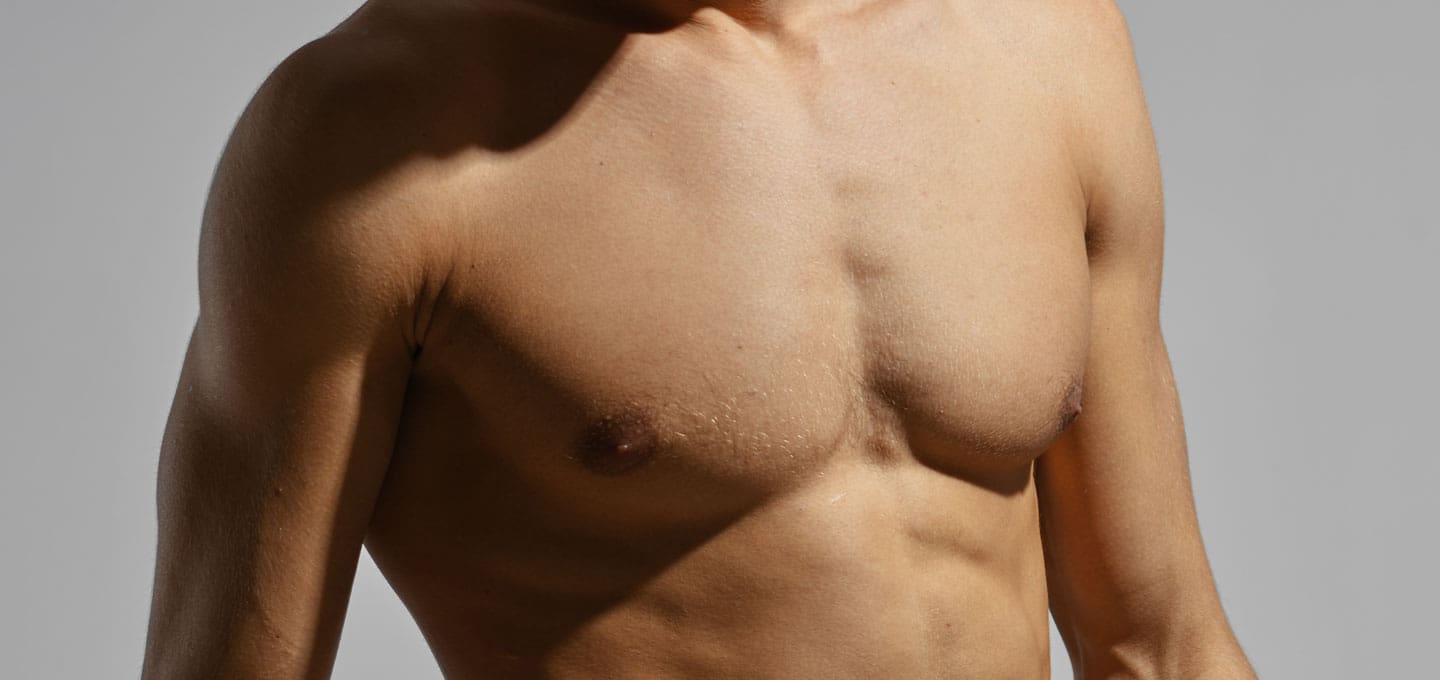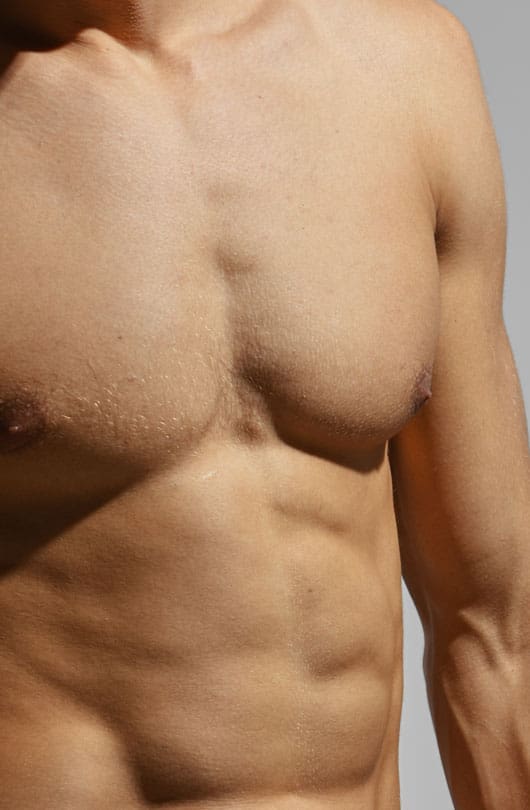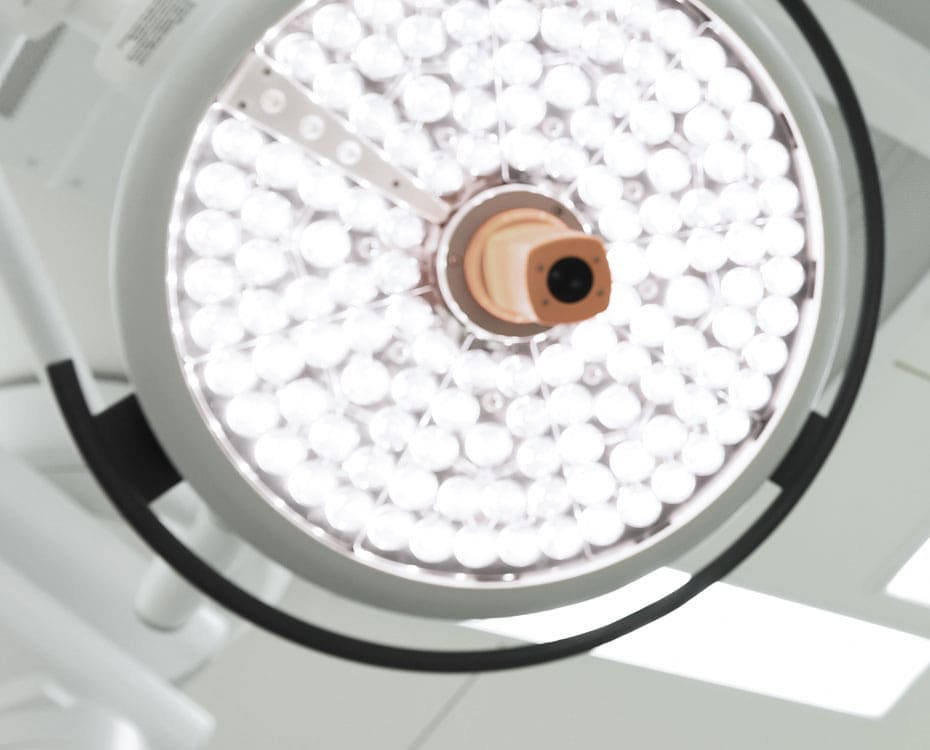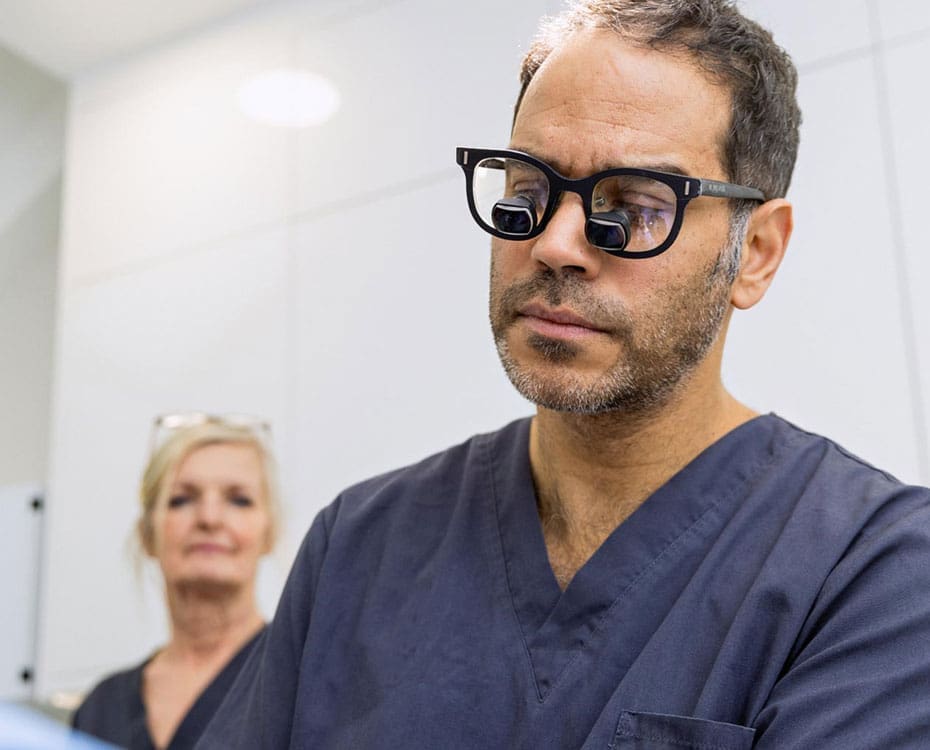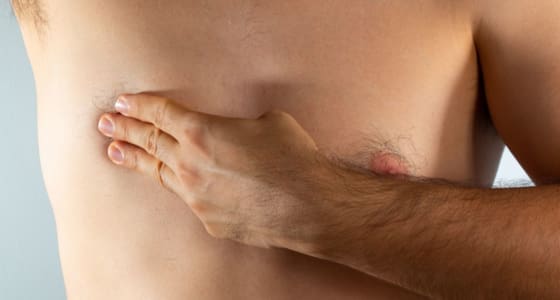Gynaecomastia commonly occurs during puberty and will usually disappear as you approach adulthood. Gynaecomastia that persists into adulthood is usually due to a genetic predisposition but there may be other causes, such as hormonal imbalances or a side effect of certain types of drugs or medication.
Gynaecomastia surgery involves the removal of excess glandular tissue through surgical excision along with removal of fatty tissue through liposuction. The incisions are made in places which are planned to minimise visible scarring as much as possible. The aim of surgery is to create a proportionate, flatter and more masculine looking chest.
Those seeking gynaecomastia surgery are often affected by:
- Enlarged male breasts
- Lack of body confidence
- Low self esteem
Gynaecomastia can significantly impact upon self-confidence so gynaecomastia surgery can be a transformative solution for men seeking a more masculine chest appearance.
